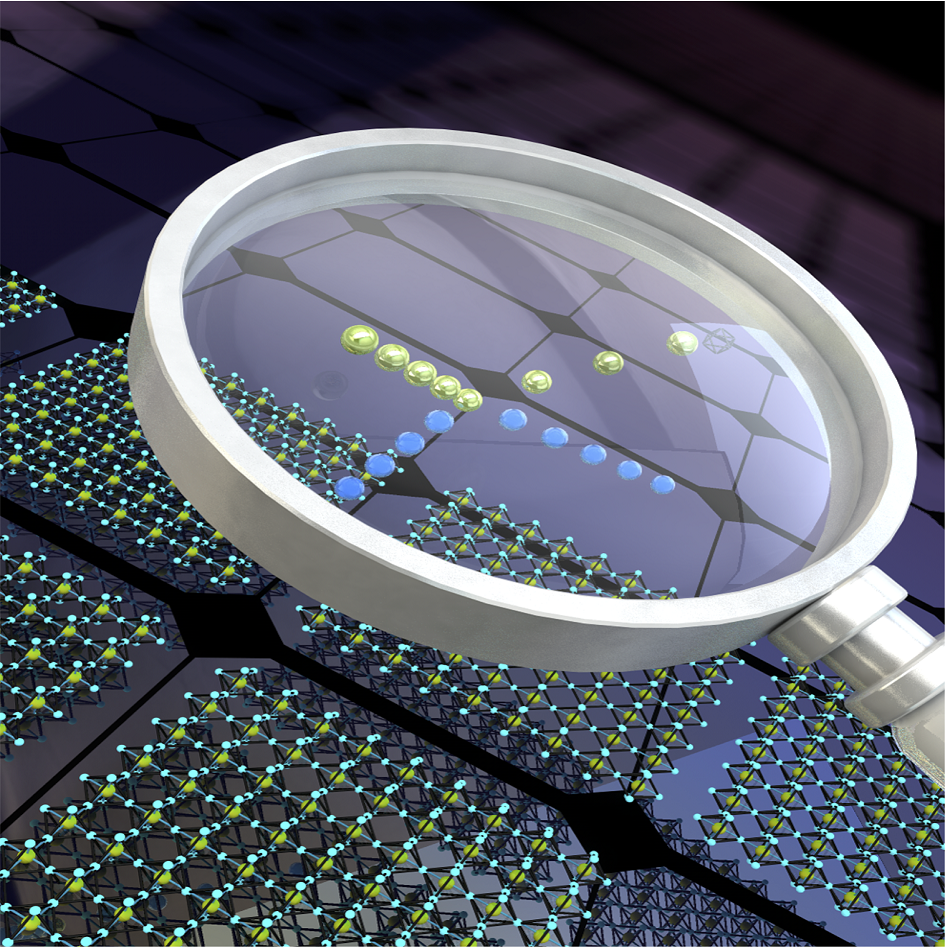Research Team Defines the Perovskite ‘Humidity Loop’
Perovskites - a relatively new class of photovoltaic materials developed for use in solar cells – offer a highly efficient and cheap method for converting sunlight into usable energy, but they are also sensitive to ambient conditions, often degrading under exposure to light, water, oxygen and high temperature. Understanding how and why these materials react the way they do under various environmental conditions is critical to the future development of affordable solar technology, and could help mitigate the consequences of global warming. Researchers in the Leite Lab at the University of Maryland (UMD) use state-of-the-art microscopy techniques to study solar materials and determine how their structure, processing, and performance are connected. In their latest study, Marina Leite – an assistant professor in the UMD Department of Materials Science and Engineering (MSE) - and her team identified the impact of the environment on perovskite materials. This study was recently published in the Journal of Physical Chemistry Letters. John Howard, an MSE graduate student and UMERC Fellow, served as first author on the paper. To understand the physical and chemical processes that lead to degradation, the Leite Group exposed these materials to various environmental factors in the lab and measured their response. According to the study, the team used a technique called “in situ environmental photoluminescence (PL) to temporally and spectrally resolve the light emission within a loop of critical relative humidity (rH) levels.” “We found that the humidity pathway determines the overall optical response of the perovskite materials, leading to a behavior called luminescence hysteresis, wherein the light emitted from the material depends not only on the current conditions but also the prior ones,” said Howard. “Further, we found that the amount of luminescence hysteresis is highly dependent on the ratio between two critical elements constituting the perovskites: Cs and Br.” If the moisture-tolerance of the cells can be controlled, or improved, it could give way to a new generation of solar cell technology, which is the Group’s ultimate goal. Moreover, they are working to expand their measurement capabilities on degradation parameters, focusing specifically on temperature. “For many compositions, the desired perovskite phase becomes unstable at 85 °C, a temperature required for PV stability testing in a number of countries, including the US,” said Howard. “We would like to combine temperature with various humidity and oxygen conditions to measure the combined effect, which is even closer to the real-world conditions these materials would face once commercialized.” For additional information: Howard, J.M., Tennyson, E.M., Barik, S., Szostak, R., Waks, E., Toney, M.F., Nogueira, A.F., Neves, B., and Leite, M.S. Humidity-Induced Photoluminescence Hysteresis in Variable Cs/Br Ratio Hybrid Perovskites. The Journal of Physical Chemistry Letters, 2018, 9 (12), 3463-3469. DOI: 10.1021/acs.jpclett.8b01357
Related Articles: June 27, 2018 Prev Next |


